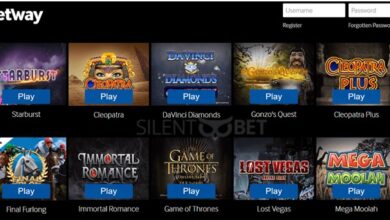5 Benefits of Gamification
Gamification is the use of game elements and other engaging mechanisms in training that motivate and challenge participants to take action and make decisions. This tool increases the level of participation and interest of participants in the training, and the number of refusals to participate is reduced in practice (site). Gamification promotes better involvement in effective staff training, helps participants to absorb and assimilate information more easily and to reinforce the skills they have learned. The gamification approach to learning works because the participants themselves see their own changes and growth as they play, see the progress of their skills, abilities, knowledge.
Gamification is the use of game elements and other engaging mechanisms in training that motivate and challenge participants to take action and make decisions. This tool increases the level of participation and interest of participants in the training, and the number of refusals to participate is reduced in practice.
Gamification is a resource that is increasingly being used in the classroom. It has been introduced into the classroom because of its many benefits, although there are those who are uncomfortable with it.
Advocates of learning through games are often confronted with the stigma of video games in education. This is despite the fact that we’ve been watching the impact of games for decades and an entire generation of gamers has already grown up. And while civilisation has not collapsed with the new generation as expected, gaming’s bad reputation has not changed – apparently because negative attitudes towards games are based on fear.
Introducing video games into the classroom is not the end of learning with books. Blended learning does not have to replace lectures entirely.
In an attempt to increase employee motivation, companies use various techniques specific to gamification processes. For example, virtual badges, statuses, notifications, overall employee ratings, etc. Proponents of the application of gaming tools in non-gaming processes are convinced that sooner or later any work will be gamified.
According to a 2013 Gallup Poll conducted by the American Institute of Public Opinuon, 70% of Americans don’t feel engaged at work and can’t identify what their personal contribution has been towards the organization’s goals.
Gamification is an excellent solution to this problem. Through the use of virtual badges and productivity ratings, US-based virtual call centre company LiveOps has been able to reduce call times by 15%, increase sales volumes by 8% on average, and increase customer satisfaction by 9%.
Gamification tools are not designed to motivate passive disengaged employees, but to allow the most talented people to prove themselves and get the rewards they deserve. NTT Data (telecommunications) and Deloitte (consulting) use gamification to enable their staff to learn the roles that an effective leader must play and to develop employees’ management skills.
Gamification as a kind of resume. The German company SAP, one of the world’s most famous software producers, has introduced gamification elements into SCN (SAP Community Network), SAP’s professional social network, which is something of a link between partners, customers and company staff.
The network’s users now complete missions, earn points, earn badges and reach certain levels. SCN ratings are used by managers to assess employee performance and also make it easier to find technical support specialists when forming new project teams.



